We are flashlight fans and enthusiasts. We love everything about flashlights. Therefore, we composed a list of interesting facts about flashlights you may not know and things like what to consider when buying a flashlight, how flashlights are used, the light they emit, and some history and fun facts about flashlights!
1. A brighter flashlight isn’t always better
Not all situations require an extremely bright flashlight. In certain scenarios, a lower brightness level may be more suitable. For example, if you're camping and want to preserve your night vision or need a flashlight for reading in the dark, a brighter light can be overly intense and cause glare or discomfort. Glare is when a light is so intense that your eyes can’t properly get used to that much brightness. While most people think of glare as light reflecting on a screen, glare can be produced by just direct lighting or reflecting from any object.
Another thing to consider is the battery capacity if you need to use the flashlight for an extended period of time. A brighter flashlight may drain the batteries quickly and leave you without light when you need it the most. In such situations, a flashlight with a lower brightness level might be preferable as it will conserve battery life.
If a flashlight has multiple brightness levels, you might be able to get the satisfying high-lumen brightness that reaches your desired distance while still having a more moderate or even low brightness setting for versatile scenarios and conserving the battery power.
2. A bigger flashlight isn’t always better
Brighter flashlights often require larger and more powerful batteries, which can increase the size and weight of the flashlight. If you need a compact and lightweight flashlight for easy portability, a brighter flashlight with a larger size and weight might not be the best choice. Smaller flashlights with lower brightness levels can be more convenient for everyday carry or situations where space is limited. You need to balance the performance, size, and weight before choosing the one that fits your needs the best.
3. A brighter flashlight doesn’t always have a longer throw
It's important to consider that the effective illumination distance of a flashlight depends on various factors, including the beam pattern, lens design, and any focusing or zooming capabilities it may have. These factors determine how well the flashlight can concentrate and direct the light, enabling it to reach a longer distance or throw. The reflector of a flashlight also plays a crucial role in shaping the beam profile, whether it is a wide-angle or a more focused beam.
When it comes to reflectors, both the shape and texture matter in determining a flashlight's throw capability and beam profile. A smoother surface on the reflector allows for greater throw distance, while a textured surface may result in a wider beam coverage. So, while some flashlights may claim to be bright, their beam distance might cover a wider angle rather than providing a narrower and more long-distance-focused beam.
As a general rule of thumb, flashlights with elongated and deep reflectors offer greater throw distance capabilities. The design of the reflector influences how far the light can reach effectively. If you're interested in learning more about flashlight beams and their characteristics, you can check out our blog, which provides a more in-depth exploration of this topic.

4. How to operate a flashlight matters
While the majority of people are familiar with traditional one-switch flashlights or those with a single button, it's worth noting that many modern flashlights, particularly LED ones, offer a wide array of advanced functions tailored to their specific design and purpose. When selecting a flashlight, it's essential to consider the environment in which you'll be using it and choose a design that aligns with your needs.

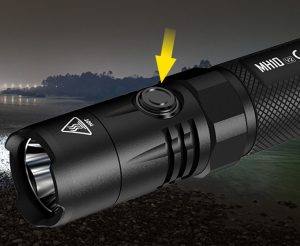
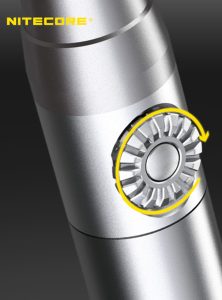
Tail Switch
A tail switch is located at the end of the flashlight and is often used for basic on/off functionality. Pressing the tail switch fully activates the flashlight while releasing it turns it off. Some tail switches may have multiple modes or brightness levels that can be cycled through by partially pressing or clicking the switch. Tactical lights for police or security will usually be operated by a tail switch for easy one-handed operation.
Side Switch
A side switch is typically positioned on the body or head of the flashlight. It can be used for on/off control as well as accessing different modes or brightness levels. Side switches often allow for more precise control and may have additional features like strobe mode, SOS signal, or memory function to recall the last-used setting.
Rotary Dial
Flashlights with a rotary dial interface have a rotating dial or ring that allows users to adjust the brightness or switch between different modes. By turning the dial, you can increase or decrease the intensity of light output. This interface offers smooth and continuous control over the brightness level.
5. Different colored light affects your vision differently
Green Light allows you to see more clearly in low light
You may have observed the use of green night vision in movies, where characters utilize it to navigate in the dark. Apart from its aesthetic appeal, green light is often considered more comfortable for the eyes compared to other colors. It has the ability to enhance visual acuity and provide contrast in low-light environments, which is why green light is frequently employed in night vision applications, including military and aviation settings.
Red light preserves your night vision
Red light is often used in situations where maintaining night vision is crucial. It has the least effect on the eye's sensitivity to darkness, allowing your eyes to adapt and retain better vision in low-light conditions. Red light is commonly found in flashlights or headlamps used by astronomers, pilots, and military personnel during nighttime operations. As red light is more subdued lighting, it is often used in settings where maintaining a low-light environment is necessary. For example, in photography darkrooms, red lights are used as safelights to provide minimal illumination without affecting light-sensitive photographic materials.
Yellow light improves your vision in fog
Yellow light is considered to be less harsh on the eyes compared to bright white light. It can help reduce glare and eye strain, making it suitable for environments where extended periods of concentration are required, such as reading or working on a computer. Many people like warmer color temperature lights as they tend to have a soothing yellow tint for these reasons. Since yellow light has a longer wavelength compared to white light, it makes it less prone to scattering in foggy conditions. As a result, yellow light is often used in fog lights or driving lamps to enhance visibility and reduce glare caused by reflected light.
Blue light can harm your vision over time
In more recent years, we’ve heard about how blue light from our screens is affecting us. Blue light doesn’t break down well in our eyes which means your eyes have to work harder to do so. This constant overworking of our eyes from blue light could damage retinal cells and can cause vision problems such as cataracts, eye cancer, and growths on the clear covering over the white part of the eye. Exposure to blue light, especially in the evening or at night from electronic devices like smartphones or computer screens, can even disrupt sleep patterns and affect your overall sleep quality.
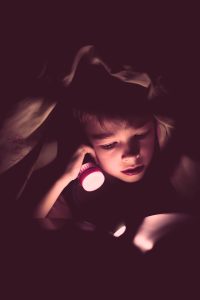
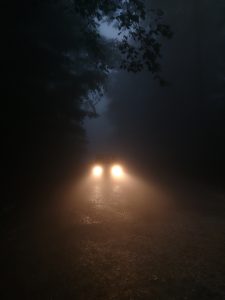

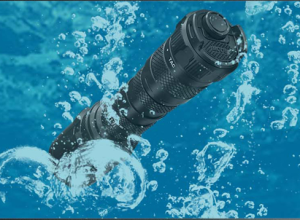
6. IP ratings tell you how waterproof a flashlight is
When you come across the letters IP followed by a set of numbers on the technical card, box, or product itself, it may initially seem like insignificant information. However, these numbers actually provide valuable insights into the dustproof and waterproof capabilities of the product. IP stands for Ingress Protection, and the IP rating indicates the level of protection the product offers against external particles.
The IP scale assigns specific numbers to indicate the degree of protection. For example, items with a water IP rating of 5 or higher are considered waterproof, while ratings of 3-4 indicate water repellent and ratings of 1-2 suggest water resistance. Understanding these ratings helps you assess the level of protection the product provides against water intrusion.
To delve deeper into the distinctions between waterproof, water-repellent, and water-resistant ratings, you can refer to our blog post on the subject. It provides further clarification and guidance on interpreting IP ratings and making informed choices regarding product protection.
7. Flashlights can be used for self-defense
Using a flashlight for self-defense can indeed be an effective way to protect yourself. The sudden burst of light can startle and distract an assailant, momentarily disrupting their focus. This can provide you with a valuable opportunity to create distance or seek assistance. A bright or strobing flashlight has the potential to temporarily blind or disorient an aggressor, giving you a chance to escape or take further defensive actions. Directing the light into an attacker's eyes can disrupt their vision and give you a tactical advantage.
In emergency situations where no other options are available, a flashlight can even be utilized as an improvised striking tool. Many flashlights are designed with sturdy construction, making them suitable for delivering strikes to sensitive areas of an attacker's body.
However, it's important to remember that using a flashlight for self-defense carries risks and should be approached with caution. It's advisable to seek proper self-defense training to learn techniques for effectively using a flashlight as a defensive tool and to understand the legal implications in your jurisdiction.
Ultimately, a flashlight can be a valuable tool in your self-defense arsenal, but it should be used responsibly and with an understanding of its capabilities and limitations.
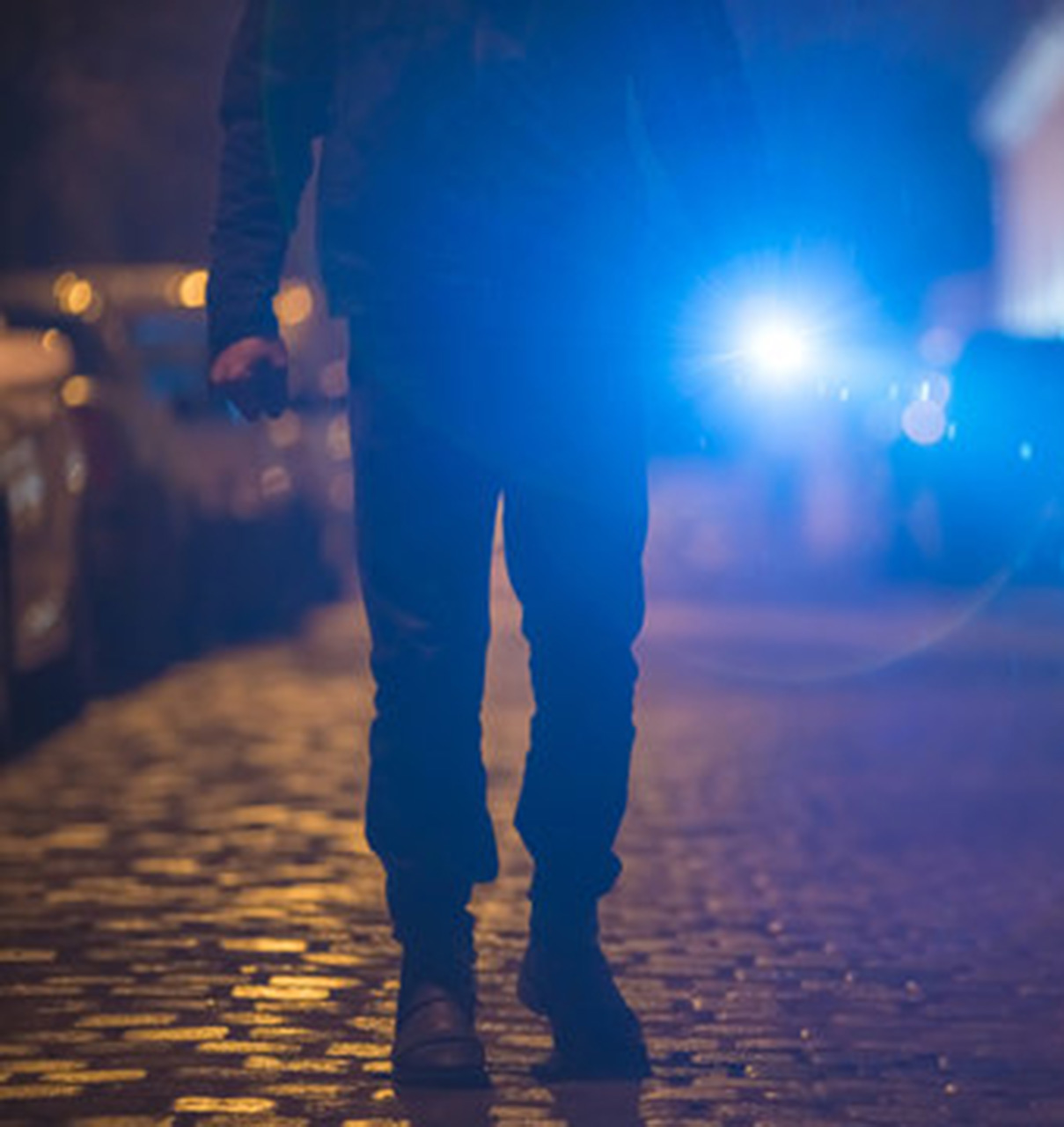
8. Many professionals use flashlights daily
Flashlights are versatile tools that provide portable and reliable light sources, making them valuable in various industries and situations where illumination is necessary.
Law Enforcement and Security
Police officers, security guards, and other law enforcement professionals often rely on flashlights as essential tools for their work. Flashlights assist in illuminating dark areas during patrols, conducting searches, and providing visibility in low-light situations.
Firefighters
Flashlights are crucial for firefighters during emergency response and rescue operations. They help navigate through smoke-filled environments, search for individuals in dark or confined spaces, and assess the scene during firefighting activities.
Electricians and Maintenance Technicians
Professionals in electrical and maintenance fields often require flashlights to inspect equipment, troubleshoot electrical systems, or perform repairs in dimly lit areas or during power outages.
Outdoor and Wilderness Professionals
Outdoor and wilderness professionals, including park rangers, search and rescue teams, and tour guides, heavily depend on flashlights for a variety of purposes in their work. Whether it's conducting nighttime activities, navigating trails, or ensuring safety during outdoor excursions, flashlights play a vital role in their daily operations. These professionals rely on the reliable illumination provided by flashlights to navigate in low-light conditions and perform their duties effectively.
9. The U.S. uses the word flashlight but other countries use the word torch
In the United Kingdom, the term "torch" is commonly used to refer to what is known as a "flashlight" in other parts of the world, such as the United States. The origin of the word "flashlight" can be traced back to the early days of these portable light sources. Early flashlights used carbon-filament bulbs that could only be used in short bursts or flashes, giving rise to the name "flashlight." In contrast, the term "torch" has a long history in the English language, dating back to Old English. It has been used for centuries to describe a handheld portable light source. While both terms refer to the same device, the usage of "torch" in the UK and "flashlight" in other regions reflect linguistic variations and the historical development of language over time.
10. The biggest flashlight on record can shine up to 501,031 lumens
The YouTube channel "Hacksmith," based in Canada, achieved a remarkable feat by breaking the record for the world's brightest oversized flashlight torch. Their flashlight, named the "Nitebrite 300," is capable of emitting an astounding 501,031 lumens of light. To put this into perspective, the brightest flashlight currently offered by Nitecore reaches a maximum of 20,000 lumens. The brightest commercially available flashlight on the market, the Imalent MS18, can emit up to 100,000 lumens.
While the Imalent MS18 achieves its high brightness with 18 LEDs, the record-breaking Nitebrite 300 utilizes an impressive array of 300 LEDs to generate such an immense light source. If you're interested in witnessing the creation process of this gigantic flashlight, you can watch the video below to see how it was made!
Recap:
When buying a flashlight, consider factors beyond brightness. Lower brightness levels may be necessary to avoid glare and size matters too, depending on portability needs. The flashlight's beam pattern and reflector design also affect the illumination distance. Different interfaces are available, like tail switches or rotary dials as well. Colored light effects, IP ratings, professional uses, self-defense applications, and even the word's etymology can be interesting to explore. We hope you take these factors into account to make an informed choice and learned something new!


One thought on “10 Interesting Things You Didn’t Know About Flashlights”
-
Pingback: Illuminating The Past: A Journey Through The History Of Flashlights |
Leave a Reply